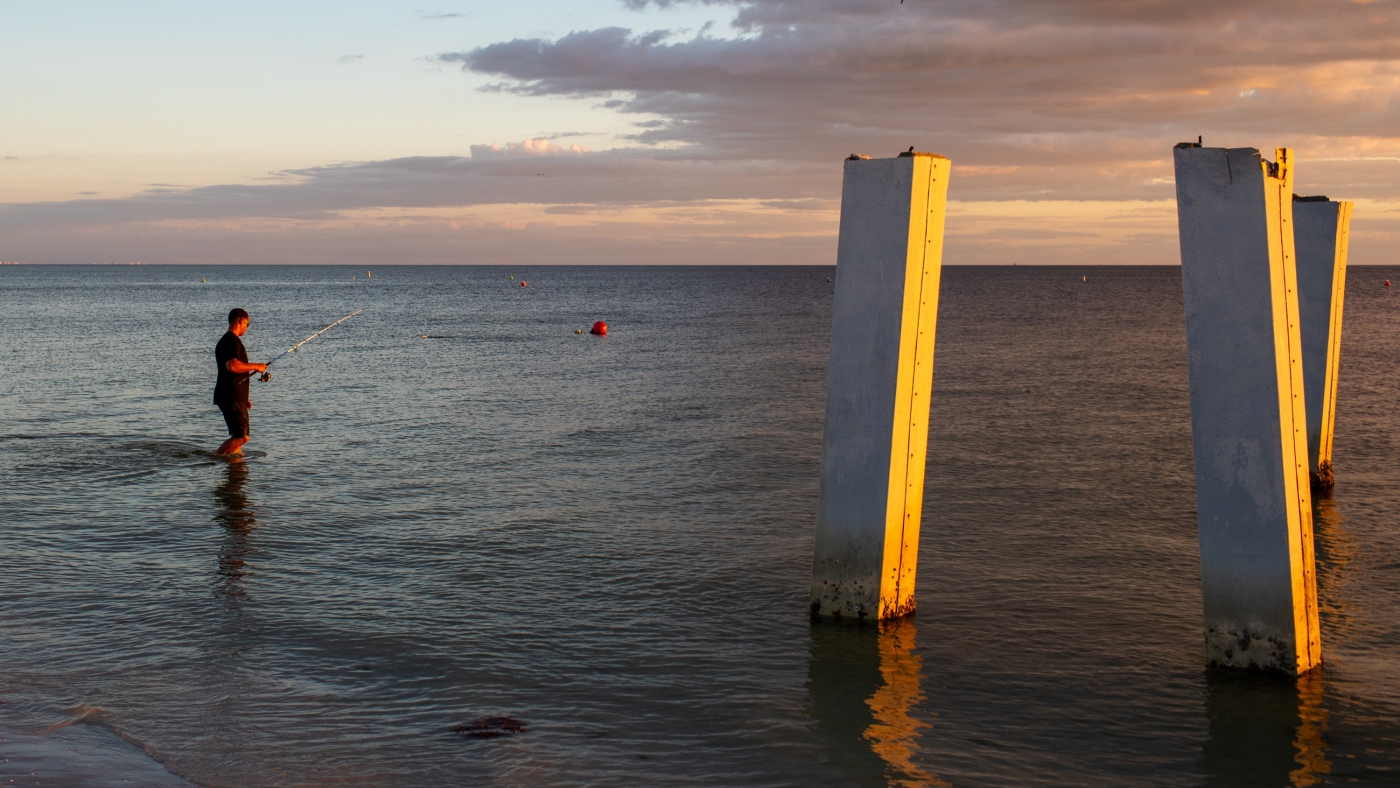Disaster and insurance costs are rising. The middle class is struggling to hang on
toggle caption Ryan Kellman/NPR
Three years after Hurricane Ian slammed into Fort Myers Beach, jackhammers still echo along the barrier island's main road, where new houses and businesses are going up next to vacant lots and the shells of buildings gutted by the storm.
"We are nowhere near where we thought we would be three years ago today," says Jacki Liszak, chief executive of the Fort Myers Beach Chamber of Commerce, who owned a small hotel that the hurricane washed away. "I don't think we understood what happened to us — the extent of it."
toggle caption Ryan Kellman/NPR
The town emerging from the storm's aftermath could be out of reach financially for many who called it home before. Sky-high costs for construction and property insurance now threaten to squeeze out a lot of the family-run hotels that characterized Fort Myers Beach. And there's little hope that the store clerks and bartenders who once lived there will be able to afford it anymore. In their place, a lot of locals expect more big resorts and expensive homes fortified against hurricanes.
Sponsor Message
"That gentrification is a real thing, the change in the cost is a real thing," says Rob Fowler, president of Fowler Construction & Development, a local builder. "And it all adds up to the fact that only well-heeled players can play now."
toggle caption Ryan Kellman/NPR
toggle caption Ryan Kellman/NPR
The changes unfolding in Fort Myers Beach are an extreme version of what's happening throughout southwest Florida. Older, wealthier people have been flocking to the region for years .
Continue Reading on NPR
This preview shows approximately 15% of the article. Read the full story on the publisher's website to support quality journalism.
